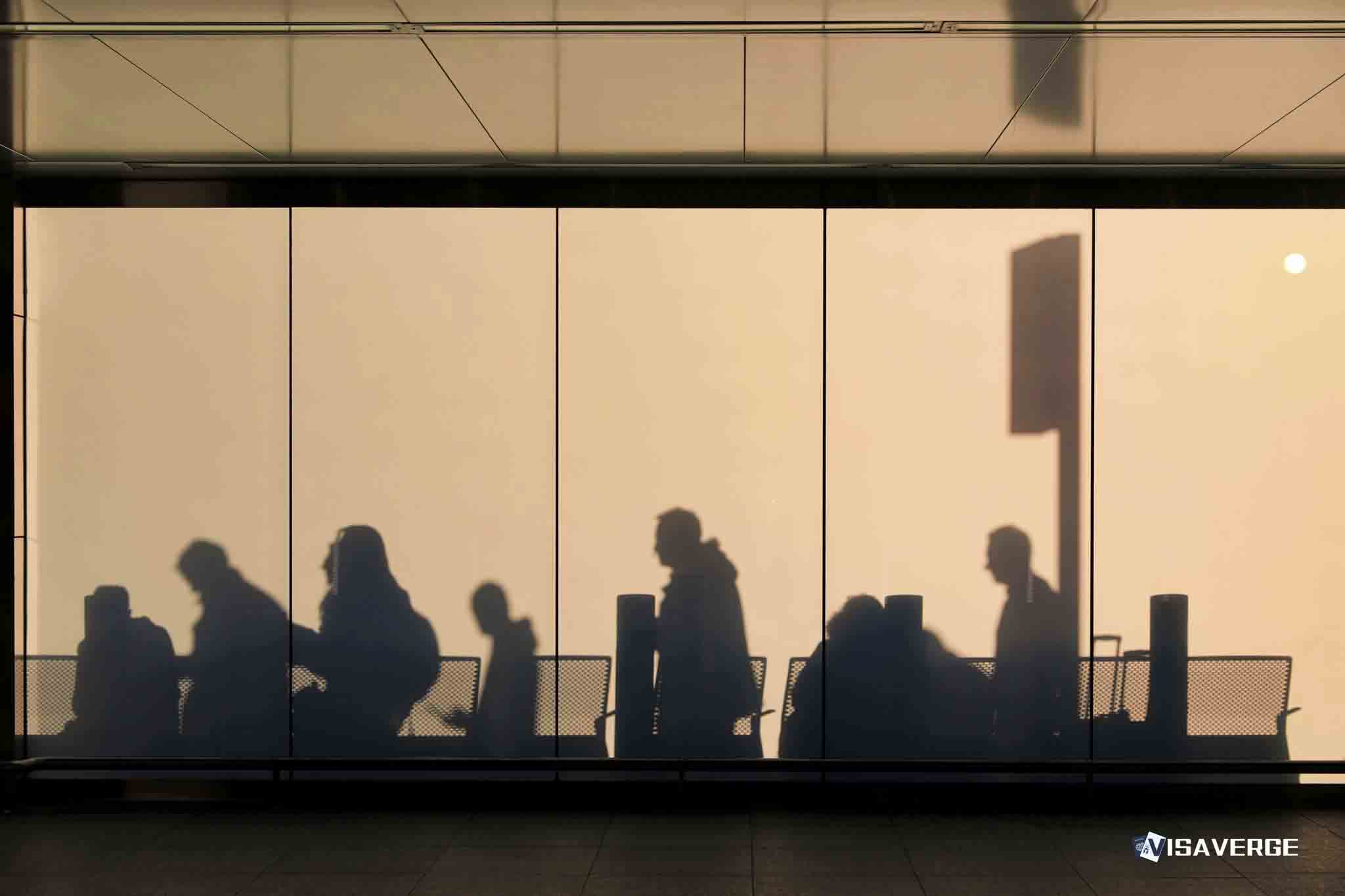(ST. LOUIS, MISSOURI) A United Airlines flight from Dallas-Fort Worth to Chicago made an emergency landing at Lambert-St. Louis International Airport on Sunday after a passenger claimed his wife had a bomb in her luggage, prompting a full midair security scare and the arrest of a suspect when the plane reached the ground.
What happened (summary)
The incident unfolded on November 16, 2025, about 40 minutes after United flight UA380 left Dallas-Fort Worth International Airport at 6:57 a.m. local time, bound for Chicago O’Hare. Pilots squawked code 7700 (a general emergency signal) after a male passenger told crew members that his spouse was traveling with a bomb hidden in her checked bag.

Controllers cleared a route to St. Louis, and the flight diverted to Lambert-St. Louis International Airport, where emergency vehicles were staged along the runway. The aircraft landed safely in St. Louis around 8:40 a.m., and passengers were quickly evacuated onto the tarmac.
Timeline
| Time (local) | Event |
|---|---|
| 6:57 a.m. | UA380 departs Dallas-Fort Worth for Chicago O’Hare |
| ~7:37 a.m. | About 40 minutes after departure — passenger reports spouse has a bomb |
| Shortly after | Crew squawks 7700; controllers clear route to St. Louis |
| 8:40 a.m. | Aircraft lands at Lambert-St. Louis International Airport; evacuation and police response |
On the ground: emergency response and search
- Emergency vehicles (firefighters, paramedics, police) were staged near the runway before the jet’s arrival.
- Passengers were evacuated onto the tarmac; police took one man into custody as bomb and arson specialists prepared to search the cabin and baggage hold.
- Bomb technicians conducted a thorough sweep of the plane, luggage, and secure airport areas.
- No explosives or suspicious devices were found.
- No injuries were reported among passengers or crew.
“It was tense, but the crew stayed calm and kept talking to us,” said one passenger, who asked not to be named because he was still speaking with investigators. “You could tell some people were scared, especially families with kids, but everyone followed instructions.”
Operational impact
- Airport officials said all standard emergency protocols were activated when the crew declared an in-flight emergency.
- The landing was smooth; the most visible disruption for travelers was the steady stream of emergency vehicles moving to the remote area of the airfield.
- Terminal operations continued with some delays. Once the bomb squad cleared the jet and its baggage, the affected runway returned to normal use.
Investigations and potential charges
- Police have not released the suspect’s name or his wife’s name, nor have they confirmed whether the woman was on board.
- Investigators are examining the suspect’s motives — considering factors such as alcohol, mental health issues, or a personal dispute.
- Local prosecutors, and potentially federal authorities, are expected to review the case in the coming days.
Legal context:
– Under U.S. law, making a false threat about a bomb on an airplane can bring serious criminal charges, including potential prison time and heavy fines.
– For foreign nationals (visitors, students, temporary workers on visas), convictions or certain terrorism/public-safety-related charges can trigger immigration consequences, such as removal from the United States or being barred from returning.
– Analysis by VisaVerge.com notes that bomb hoaxes aboard aircraft are treated as red flags by immigration officers when deciding admissibility.
Aviation security context
- The Federal Aviation Administration (FAA) has tracked a rise in disruptive passenger behavior in recent years — from physical confrontations to threats later shown to be false.
- In the event of a bomb report, pilots and controllers must treat the threat as real until specialists prove otherwise. That response can mean:
- Emergency landings or diversions.
- Strain on first responders who must assume the worst.
- Major disruptions for other airport operations and travelers.
Passenger aftermath and airline response
- Some passengers were rebooked on later flights to Chicago; others arranged new travel from St. Louis or stayed overnight.
- United Airlines said in a brief statement that the flight “landed safely after the crew received a potential security report on board” and that it was cooperating with law enforcement.
Advice and broader implications
- Security officials stress that passengers should never treat words like “bomb” as a joke, even if they think they are being funny, sarcastic, or emotional.
- The Transportation Security Administration (TSA) warns that false threats can lead to criminal charges, civil penalties, denied boarding, and long-term travel bans. More information is available on the TSA’s official website at https://www.tsa.gov.
- The episode highlights risks for immigrants and visitors: even uninvolved passengers may face questions in future visa interviews about involvement in investigations related to bomb threats or emergency landings. Lawyers advise:
- Answer truthfully if questioned by authorities.
- Request legal counsel if confused or fearful about the process.
Current status
Investigators in St. Louis are piecing together the suspect’s actions before and during the flight. Travelers who shared the cabin are trying to move on from a morning when a single word — bomb — changed their journey in an instant for many.
This Article in a Nutshell
On November 16, 2025, United flight UA380 diverted to Lambert-St. Louis after a passenger claimed his wife had a bomb. Pilots declared an emergency roughly 40 minutes after takeoff and landed safely at 8:40 a.m. Passengers evacuated to the tarmac while bomb technicians and emergency crews swept the aircraft and baggage; one man was arrested. No explosives or injuries were found. Investigators are examining motives and prosecutors may pursue criminal or immigration-related consequences.













